Insulation Tips
Best Roof Insulation for Australian Homes in 2024
What Is Roof Insulation?
Roof insulation is a product that is installed under the roofing material to prevent the flow of heat. Along with insulation in other parts of the home, roof insulation helps keep indoor temperatures cooler in summer and warmer in winter. Roof insulation is often confused with ceiling insulation. Sometimes the two terms are used interchangeably. Usually, ceiling insulation refers to insulation products that are installed between the ceiling joists whereas roof insulation refers to products installed below the roofing material. If you are planning on converting the space between your ceiling and roof into livable space, check out our guide to the best kind of insulation for your attic project.What Is a Good R-Value for Roof Insulation?
The most important factor you should consider when looking for the best roof insulation is the R-Value of the insulation product. The R-Value indicates how effective it is at preventing heat loss and heat gain. The higher the R-Value, the more effective the insulation product is, and the more potential savings you can make on your energy bills. Choosing the right R-Value for roof insulation is very important to ensure your home can regulate temperatures well all year round. There are guidelines in the Building Code of Australia outlining the minimum R-Values that should be installed based on where you live.What We Recommend for Roof Insulation?
- For cooler climates such as Melbourne, Sydney and Adelaide, we recommend at least R5.0 or R6.0 for the roof.
- For warmer climates such as Perth and Brisbane, we recommend at least R4.0.
Bulk Vs Reflective Insulation – Which One Do You Need?
There are many different types of roofing insulation, the most common being bulk insulation and reflective insulation.- Bulk insulation products (such as batts and rolls) have millions of tiny air pockets within their structure which break up the flow of heat. Batts and rolls are ideal when you want to reduce the conduction of heat flow between objects that are adjacent to each other.
- Reflective insulation usually consists of a foil layer backed by a paper or plastic layer. It’s used when you want to reflect radiant heat. For example, in hot sunny climates, reflective foil will reflect radiant heat from the sun away from your home.
What Is Roof Sarking – and Do You Need It?
Roof sarking is a pliable membrane that is installed directly under the roof tiles or metal sheets to help weather-proof the home. It’s usually made with a reflective foil layer which helps reflect radiant heat and increase the overall insulation of the home. Most homes are built with roof sarking, but on its own sarking will not provide enough thermal regulation. Bulk insulation products are typically used between the roof or ceiling joists to achieve the right R-Value. Read more: What is roof sarking?What Is the Best Insulation Material for Roofs?
Roof insulation is made from a number of different materials, depending on whether it is bulk and/or reflective insulation. The most common bulk insulation materials used are:- Glasswool – made from recycled glass materials, highly durable and affordable.
- Polyester – excellent thermal properties, hypoallergenic and non-toxic with slightly higher price point than glasswool.
Best Roof Insulation Brands in Australia
Pricewise Insulation stocks a wide range of Australia’s highest quality insulation products. We’ve listed some of our top performers below to help you start browsing your options. If you have any questions, don’t hesitate to get in touch and our team can help. The top bulk insulation products include: Roof foil insulation products available at Pricewise insulation include: The following products combine both bulk and reflective insulation:- Knauf Earthwool Roofing Blanket Roll
- Fletcher Permastop Building Blanket Insulation
- Bradford Anticon Roofing Blanket
Video – Brand Comparison
Should I Buy Roof Insulation Batts or Rolls?
This depends on your own personal preference as well as the nature of your space. Both these forms of bulk insulation are equally effective at insulating. The main difference is the way in which they are installed. Roll insulation can be ‘rolled’ out between the roof joists without needing to be cut into segments. This is especially useful for roof spaces that have few obstacles and a large space to work in (which are generally few and far between!). However, if you have many obstacles and a small area, insulation batts may be a more appropriate option. As batts are pre-cut, they are easy to install and cut to fit any space.Are You Retrofitting Roof Insulation or Installing During a New Build?
Insulation installers can install roof insulation in both new and existing homes. In some cases it may be possible to install new insulation over old insulation to boost the overall R-Value. If the old insulation is damaged, mouldy or infested it should be completely removed before the new insulation is installed.Pitched Roof With a Flat Ceiling
For pitched roofs with a flat ceiling where there is crawl space, it may be possible to install insulation from inside the roof space. We recommend installing insulation batts in between the ceiling joists as well as installing sarking or foil batts beneath the roof to help with radiant heat. Read More: Insulating a Flat Roof: What You Need To KnowRoofs With No Crawl Space
For roofs with no crawl space, for example if you are lifting a metal roof to install insulation, we recommend putting down insulation batts first on top of the plaster. Then we suggest putting down some sarking or Kingspan Air-Cell Insulation with the silver side up to reflect radiant heat away from the house. For tailored advice about the best roof insulation for your project, give our insulation specialists a call on 1300 729 639 and we’d be happy to talk you through your options.What Type of Roof Insulation Is the Most Energy Efficient?
A high R-Value means better insulating power and therefore greater energy efficiency. If your budget allows, we recommend upgrading to the highest R-Value you can afford for your roof insulation as this will lead to greater temperature control and higher energy efficiency in your home. Keep in mind that to get the maximum effects of insulation, it’s important to insulate your entire home, not just one area. Check out our guides to insulating other areas of your home:- The best ceiling insulation for Australian homes
- The best kind of insulation for your attic project
- Choosing the right wall insulation
- Which underfloor insulation should you use?
- Which insulation is best for soundproofing a home?

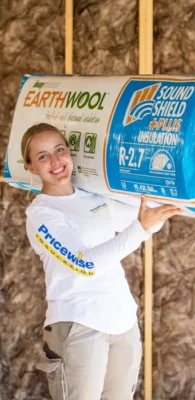
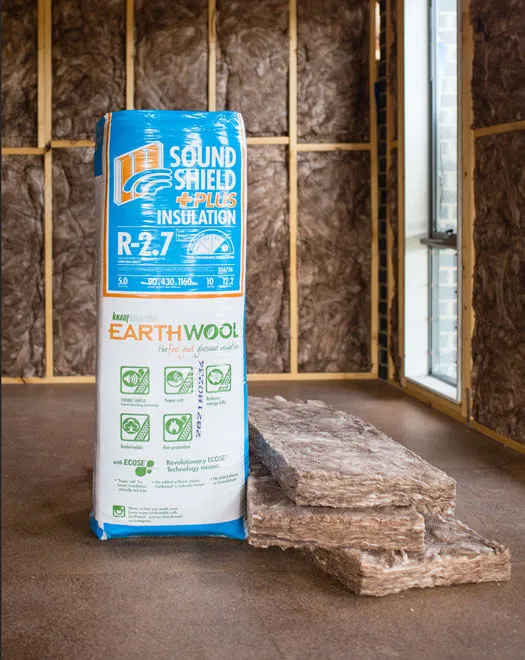
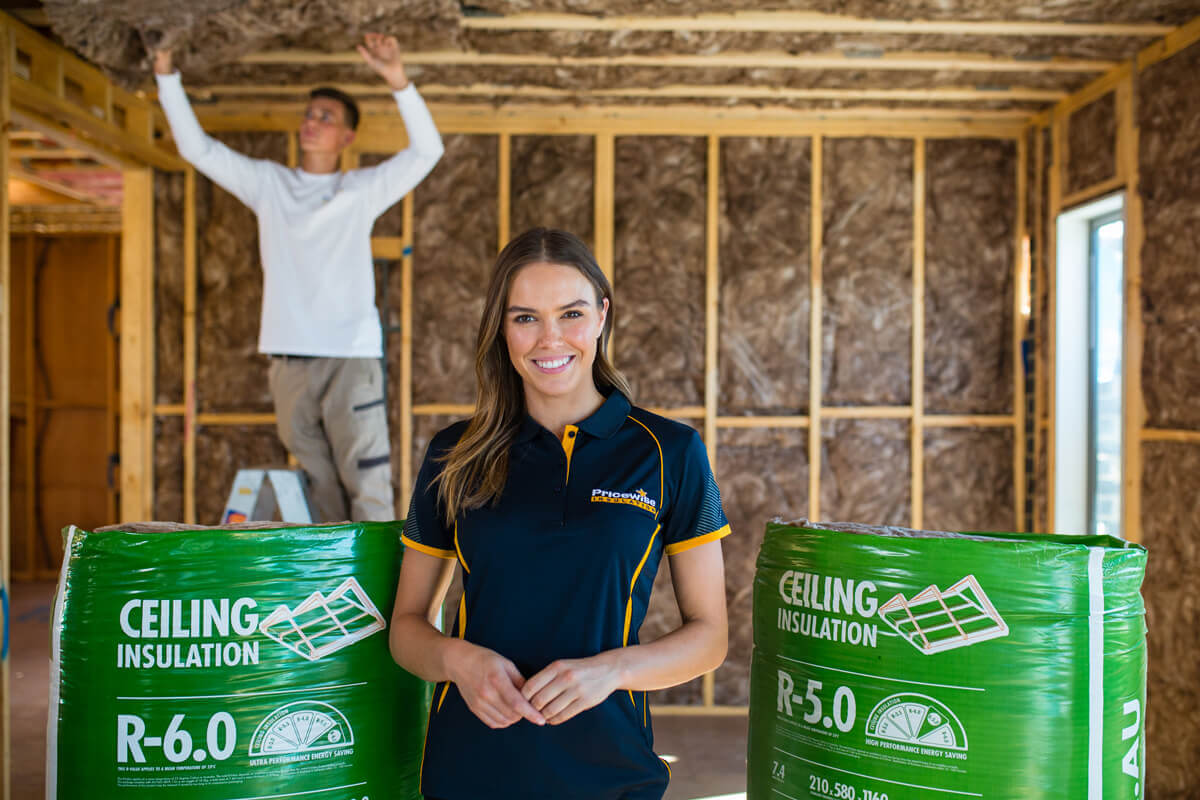
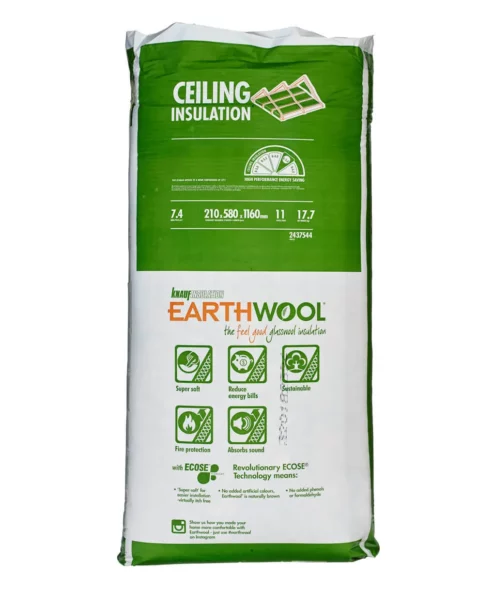
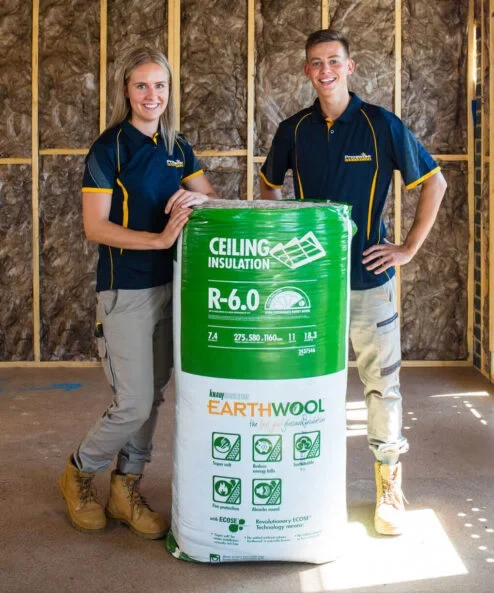
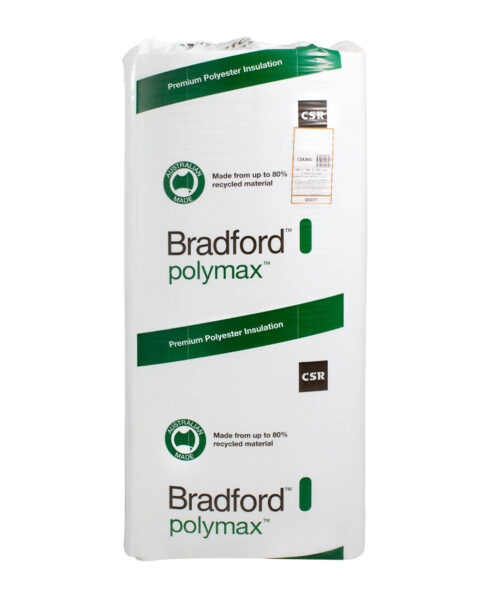
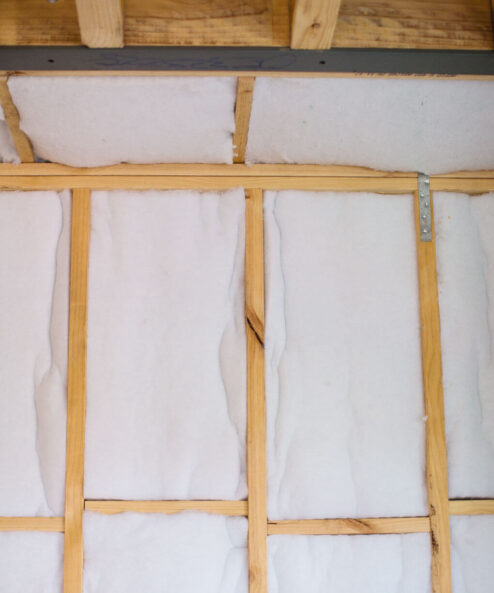

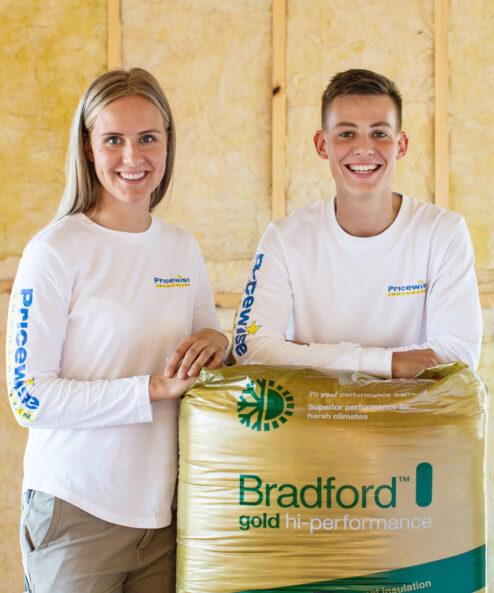
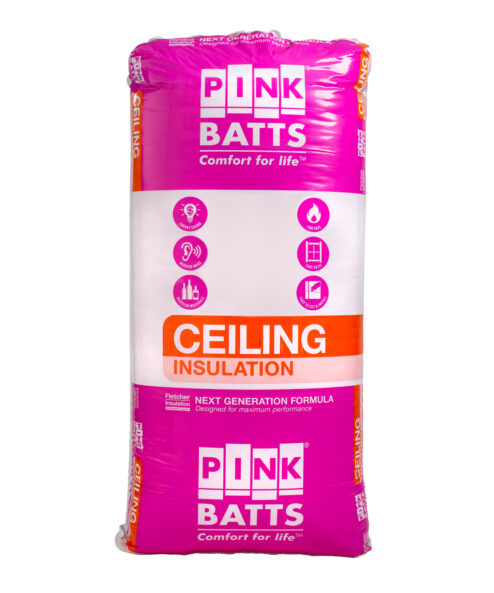
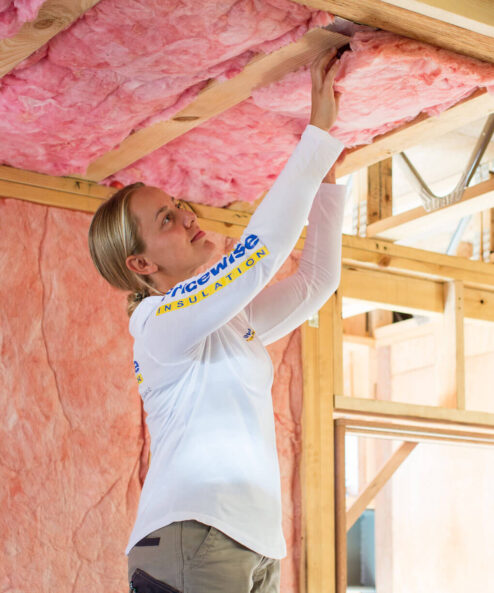
Hi
I have a 30 x12 metre colour bond shed with no insulation roof or walls
Can you advise what product you suggest to install, what difference in heat can I expect and a cost
Regards
Hi Richard,
There are several options that we have for sheds. We generally recommend Kingspan Insulshed Insulation, but it really depends what the shed is going to be used for. Some people install battens and insulation batts and sometimes rigid board insulation is also an option. The cost and thermal effectiveness will differ according to which product you choose. Feel free to give us our technical specialists a call on 1300 729 639 to discuss your project.
Cheers!
What type of insulation do you recommend for a tin skillion roof in Perth. I therefore have no crawl space so I have to lift the tin and install. I was thinking just rolling out sisalation sarking but I’m just really wanting an idea of what is best, as the sun is really strong here. It’s a 1960’s house so not great in summer or winter.
I will be adding solar panels if that makes a difference.
Thanks for your help.
Hi Geoff,
Thanks for your question. If you are lifting the metal roof then we would recommend putting down insulation batts first on top of the plaster then put down some sarking or Kingspan Air-Cell Insulation with the silver side up to reflect some of the heat away from the house. Feel free to contact our team on 1300 729 639 if you have any further questions. Cheers!
Hi
I am replacing the truss roof on a single brick walled garage of 9.5m x 3.5m and 2.4m ceiling height to renovate into a granny. Given the small space, I want to put in redundant sound and heat insulation.
As advised above I will lay “R7.0 Bradford Gold™ Hi-Performance Acoustic Ceiling Insulation” over the ceiling from the top.
For the reflective sarking, do you recommend “Kingspan Air-Cell Insulbreak 80 Insulation” or “Kingspan Air-Cell Insuliner® Insulation” ? Is there any video or instruction on how to lay this to preserve the air gap to reduce conduction heat transmission. The roof is an A frame with a single middle joist underneath and a single middle batten on top of the truss/rafter. I can send the photo if required.
Also the garage rolling shutter will be replaced with a stud wall and a door. It has the option of both inside thermal and outside sound insulation. The street has heavy traffic so can you please suggest the best sound insulation for the door ?
Thanks
Tony
Can you please give us simple science on what makes good insulation?
Hi Devan,
Thanks for your question. Good insulators are products which are effective at stopping the flow of heat energy. Glasswool and polyester insulation batts work by trapping air in layers, which is a very effective way to keep the heat out in summer and the cold out in winter. In Australia you can determine the effectiveness of an insulation product by checking its R-value. The higher the R-value, the greater the thermal performance of the insulation. We would also recommend only purchasing reputable brands such as Earthwool, Bradford, Autex GreenStuf and Pink Batts. Please feel free to give our team a call on 1300 729 639 if you have any further questions.
Cheers!
This is very helpful for homeowners like me. Thank you very much!
We are elderly and live in an area of Queensland that gets very hot (40’s) as well as very cold (minus temperatures).
Our house is old with high ceilings and roofing iron will need to be removed to install insulation.
Our budget is limited.
Which type of insulation would be best for us please?
Hi Kerry,
Thank you for your question. If you are on a budget then we would recommend installing R4.0 Ceiling Insulation. Some of our most affordable options include R4.0 Knauf Earthwool Ceiling Insulation, R4.0 Pink Batts Ceiling Insulation and R4.1 Bradford Gold Ceiling Insulation. You could also look at adding a reflective foil product like Kingspan Air-Cell Insuliner Insulation before the metal roof goes back on. The combination of these two products is really effective, providing they are installed with appropriate air gaps between the foil and insulation batts. Feel free to give our team on 1300 729 639 if you have any further questions.
Cheers,
Christa
Hi I’m looking at upgrading my roof insulation
I have pink batts R2.5 my friend recently had batts fitted over his old pink batts in NSW
1: can I do this and what would you recommend
I’d like to have the best rating I can
I have a colorbond roof
Regards
Hi Tony,
Thank you for your comment!
I completely agree with your suggestion of insulating on top of the existing batts, especially if they are in good condition. Topping up with R4.0 ceiling insulation is a great strategy and will give you an overall R-value of approximately R6.5.
You can take a look at our video: What to Buy Before Buying Roof Insulation in Australia. It covers essential aspects of insulation selection and installation. You can view the video here: https://www.youtube.com/watch?v=Ki3m5f9gaIU
If you have any more questions or need additional guidance, we’re here to help.
Warm Regards
Felicity
Hi, I’m going to install R6 .0 earthwool ceiling insulation but I don’t have roof sarking. Should I also install foil boards between the rafters from the inside of the roof space? As I have solar panels I can’t remove the roof tiles and install sarking?
There are reports that installing foil boards between the rafters could lead to the rafters rotting.
What are your thoughts?
Hi Brian,
Thanks for your questions. Installing Foilboard or some form of sarking underneath your rafters will help increase the overall thermal performance of your house, though it can be a bit challenging to install in some roofs. It is fine to install R6.0 ceiling insulation in a roof that doesn’t have sarking. If you have a Colorbond roof, consider venting all of your bathroom and kitchen exhaust fans out of the roof space to prevent moisture from condensing on the underside of the roof sheets. Tile roofs have plenty of natural ventilation and typically don’t have this issue.
Hello Brian. Do you have any recommendations for insulating a slab roof on an apartment building ? From what I can tell the roof is a slab of concrete. It gets extraordinarily hot in summer time and radiates heat throughout the evening. Any advice greatly appreciated!
Thanks for your question! We have a few products suitable for this type of application.
The most common choice is XPS. This product is popular because it has a high compressive strength, doesn’t absorb water, and is often installed on top of concrete beneath rooftop gardens.
If you’re looking to install insulation on the underside of the slab roof, Kingspan Kooltherm K17 insulated plasterboard is a great option.
Feel free to give our office a call if you’d like more information about the products or solutions available. We’d be happy to help!